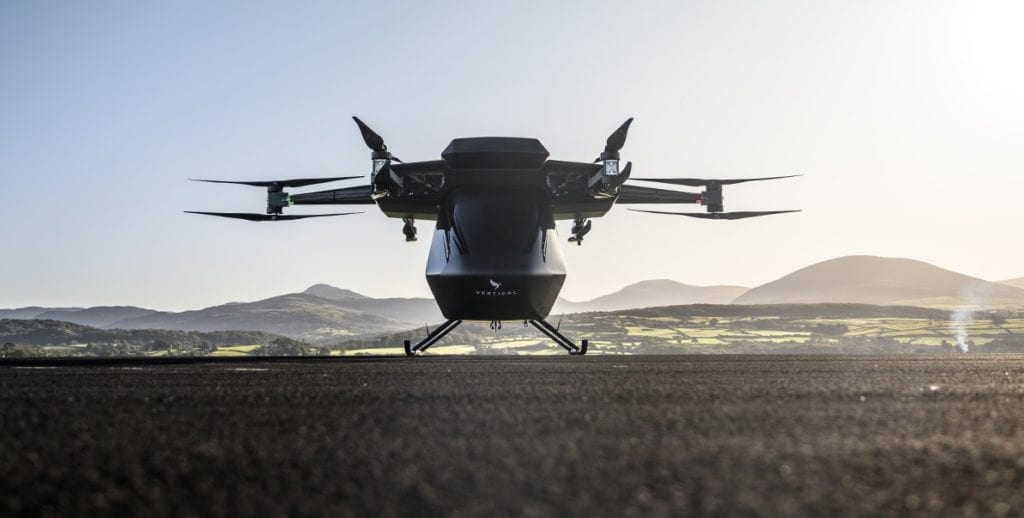
Britain will withdraw from EASA at the end of 2020 and certify new aircraft through its CAA, a move many air taxi startups find problematic for the emerging industry. Photo: Vertical Aerospace
The United Kingdom will withdraw as a member of the European Union Aviation Safety Agency (EASA) at the end of 2020, gradually transitioning responsibility for safety regulation and new aircraft type certification to its Civil Aviation Authority, transportation secretary Grant Shapps announced.
Shapps said the move would “bring expertise home,” suggesting that much of the top talent at EASA is British. He also suggested the move would allow the UK to act more quickly on future aircraft types, including urban air mobility vehicles, adding in an interview with Aviation Week he had met with California-based UAM developer Joby Aviation during his trip to the United States.
“One of the things we’ll want to do is be particularly forward-leaning in technology and automation,” Shapps said. “We’ll make sure our legislative framework is in a great place to enable those kinds of organizations to excel in the UK market.”
But urban air mobility developers in Europe — many of which are startups without the deep pockets of established aerospace companies — raised concerns about the impact the UK’s withdrawal will have on their ability to certify their aircraft in multiple markets.
“The CAA is highly capable, and have been hugely supportive of our development activities thus far,” a representative for Bristol, England-based Vertical Aerospace told Avionics. “However, as there are no harmonized [EASA] Certification Specifications for UAM vehicles, UK companies pursuing a type certificate for such a vehicle will face additional costs associated with having to certify the aircraft with both the UK and European authorities, which is not ideal in an emerging industry.”
The representative for Vertical Aerospace added that EASA “is leading the world” with the development of certification specifications and means of compliance for UAM aircraft, with “levels of commitment, proactivity and engagement rarely seen in any regulator.” The company is confident it will still be able to achieve its goals.
“We believe that one coordinated regulation for the UAM space will be beneficial to the whole global UAM market, and it is visible from all that has been invested so far, EASA has taken a leadership role to define this system, ahead of the other international authorities,” Jan-Hendrik Boelens, chief technical officer at Bruchsal, Germany-based Volocopter, told Avionics. “It is possible to make room for innovation while remaining within the construct of the EASA – a partnership that is also available to no-EU members. The CAA UK sandbox is a great example for this, as well as the SESAR JU project by the EASA.”
Other individuals in the European urban air mobility industry declined to comment on record due to their working relationships with the CAA, but agreed that the development of a new set of certification standards will create new obstacles.
“It will slow down market access for people who already have EASA certification … it is complex enough to do FAA and EASA regulations separately,” one member of the industry commented.
“Overall, I believe that leaving EASA is a mistake. I think closer collaboration is what is needed, and not going your own way,” another UAM professional told Avionics.
Tim Johnson, director of the UK CAA, said in a statement that the organization has been planning for this outcome since the Brexit referendum that took place in 2016, and is prepared to take over regulatory responsibilities from EASA.
ADS, a trade body that represents more than 1,100 aerospace, defense, security and space businesses in the UK, estimated it would take 10 years and cost up to $50 million annually to create a UK safety authority with all the expertise of EASA, compared to the country’s current annual contribution to EASA of $1.25 to $5.25 million.